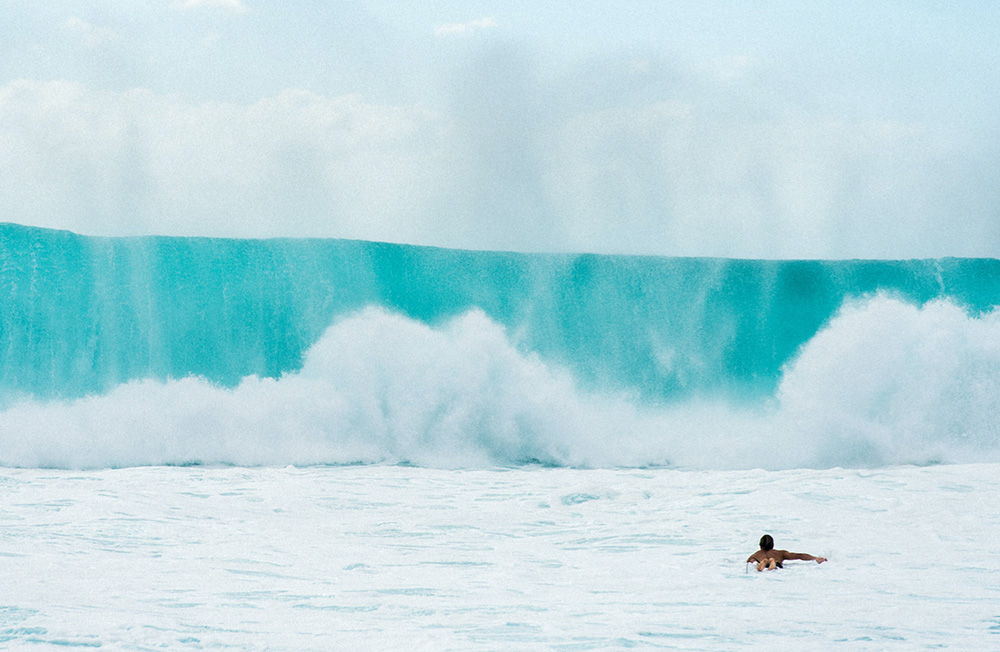Why Does 12 Foot Pipe Bring Out The Crazy In People?
Share
Sunshine Coast photographer Woody Gooch has mad skills. In a profession swamped with a billion frothing wannabes he has quickly managed to rise above, developing a signature style that has already seen him nail commercial and artist endeavors with equal measure of success. After 18 months spent documenting the Tokyo rat race with nary a glimpse of the ocean, Woody got the call up from good pal Harrison Roach for a late season run to Hawaii. He stepped off the plane, did the 40 minute drive from Honolulu up to the North Shore and was greeted by the electrifying spectacle of a 12 foot day at Pipeline. Not the first young Aussie to be tested by such magnificent Pacific power Woody grabbed his housing and swam out with nothing but adrenaline in his veins and a giant set of figs for floatation. Turns out it was his second trip to da Islands and like all great lensmen, the opportunity to capture something remakable did not go begging.
SW: So Woody… Good to be home mate?
WG: Well, I’m trying to find a place in Sydney. I haven’t really settled myself ever, so I’m going through that whole anxiety of “if I want to do it, where do I want to do it?”
Once a traveller, always a traveller?
It’s just been the nature of my upbringing. Our parents pulled me and my brother out of school and homeschooled us from a young age. From there, travelling has opened up opportunities for me, and it keeps me so motivated, which also means I’m fairly spontaneous with my movements and how I work.
Who taught you to shoot?
I picked up my first camera when I was 14, it was Dad’s DSLR and I was just photographing friends at a skate park. It grew on me without me being fully aware of it. Even if it wasn’t in skating I’d be constantly lying on concrete or up a tree or some other funny positions, totally addicted to this thing in my hands and then it expanded into surfing. Photography has taken me to places like Tokyo and San Fran. It’s been a great learning curve.
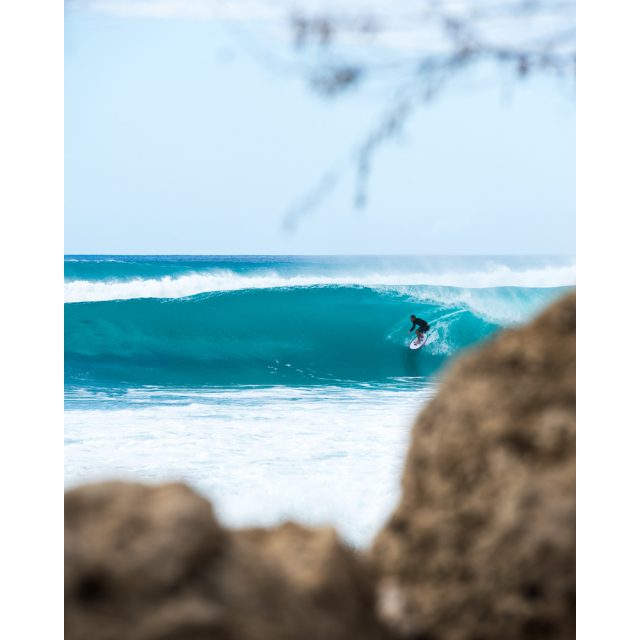
How did you develop your style?
I suppose being homeschooled played a role there. We had a very free curriculum. I mean we still had Maths and English and whatever, but I guess my parents knew that I was intrigued by the camera and wanted to learn more. They encouraged me to go out, learn as much as I could and figure out how I wanted to do it. It was something I took on at a young age, and I think learning from so many mistakes that a young person makes helped me a lot.
Who inspires you in the world of photography?
All the people around me who had a big impact on my life. My friends and my parents, they were the people who pushed me to get inspired. I think we all inspire each other too. A lot of people I grew up with are each individually different and seek their own creativity. Which is a big step for all of us, to keep striving for something different. I have a bunch of inspirations and it changes all the time. A lot of journalism photography inspires me. There’s one guy called Christopher Anderson, he works for The New York Times but also he’s a Magnum photographer. There’s a bunch of guys in this really prestigious group of photographers that I draw inspiration from nowadays. That’s a style and a body of work I really want to work on in the years to come.
Did moving to Tokyo allow you to delve further into these styles?
In a way. It was also about letting go of the genres that I’m so comfortable with. It was about providing the time to go pick up new ones. Not even necessarily taking photos everyday. I’d just walk around and see moments happening without a camera and it would make me hungry to go out the next day and see something even more moving. That’s played a big role in my life, challenging myself to see and think differently.
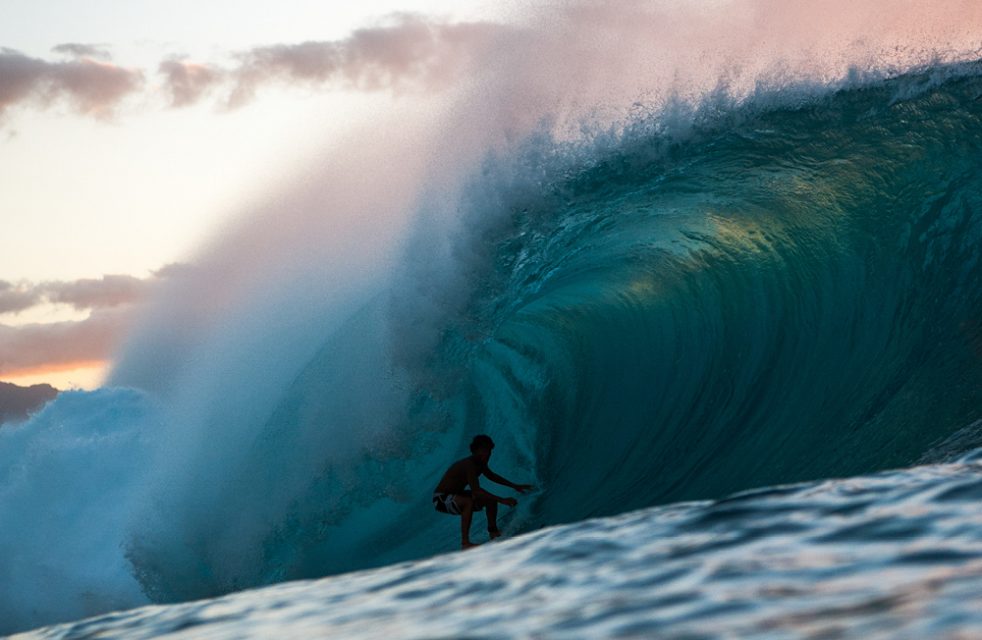
You grew up in Noosa. What were some of the challenges you encountered there as a young photographer?
It’s a small community where everyone knows each other. I think after travelling as a young boy, I was growing up so fast – meeting all these people with so many differences. I realised then, that not everyone loves the ocean and not everyone wants to be a tradie. They elaborate on what they do, and it made me want to go out and meet new people. I’ve always had an open mind to anything. I was never really blindfolded and focused on one subject. More recently, the urban landscape has really made me appreciate home, but also made me understand what inspires the people of the city as well. I might perceive it differently to other people, but there’s no better feeling than coming back to the ocean after living in an urban environment for so long.
Would you recommend a change of scenery to the up and coming creative?
It all depends on what your direction is. You can’t just force it to happen, just because it paid off for someone like me. If you’e open to change, which is part of the pattern of growth, then yes. I mean, life’s too short to live in the bubble, but everyone’s got their creature comforts and I think mine’s always been in an unusual environment.
What advice would you give to young photographers trying to find their own style?
Dig deeper, and find out exactly what it is you want to show in your work. Sometimes it could just be a feeling or a part of a story that moves you.
Your recent trip to Hawaii… How did you find that experience?
This was my second trip, and very different to the first. I went over late January and it kind of trickled into February. We got really good waves, hey. I wasn’t shooting product this time, so it allowed me to experience more of the ocean, and it gave me this unspeakable feeling. That environment, whether it’s taking photos of surfing or the mentality of just being a photographer or a surfer over there kind of trips me out.
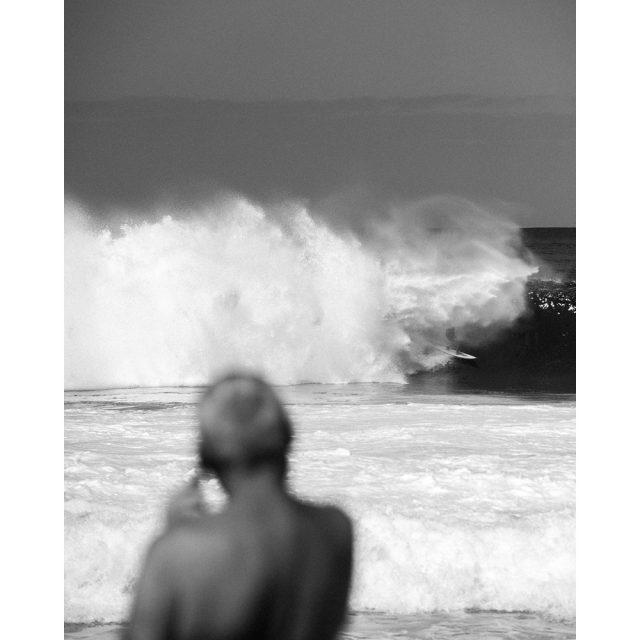
Who were you shooting?
I went over with four of my best mates, Harrison Roach, Louis Buddons, Andy Gough and Teale Vanner. We just had a house there at V-Land and we were surfing every day. We actually went over to the west side, which was crazy. Over to Makaha. We were there for just under two weeks. It went flat in the middle of the trip and we were kind of freaking, then the last three days of the trip it just turned on – too much surfing.
What’s the vibe like over there with other photographers?
I wasn’t oblivious to how the hierachy works. From what I saw, there’s definitely a pecking order for photographers as well. From people’s upbringings over there that’s how it all works. I met some really nice people on the beach, John Hook, Keoki, Laserwolf and a couple of big name filmer dudes. I met one guy who remembered me from my first trip.
Talk us through your first day out at Pipe…
It was huge, fucking massive! The swell direction was kinda weird and there were Hawaiians on the beach saying “oh it’s kinda dodgy out there,” and I was like “oh shit.” I’d flown from Switzerland, had a day in Aus and flew straight there. I was really jetlagged and I was worried about swimming for the first time in a year. It was 10 to 12 foot wash throughs, kinda pinching and some real heavy closeouts. A couple of dudes were going out, and I questioned my friend Harrison, as I always do, “what do you reckon? Should I go out?” All he said was “I dunno man, I’m not telling you what to do.” I wasn’t about to kick myself in the shins over a missed opportunity so I just thought, “fuck it, get the big day over and done with!” I swam out without a helmet and no fin savers. I wasn’t gonna use a leash but I found one – a super long leggie. I made out the back within four minutes, I reckon. I dunno how, but I dodged all these big lumps of swell, and sat out there just tripping. The ocean looked like the Himalayas and I was just thinking “fuck I’ve got to go in!” Then I heard Laserwolf yell out to me, “What the fuck are you doing?” And I was like, “Look dude I dunno but this is crazy!” I think I stayed out for an hour and a half. I was sitting back a lot but it was amazing to see how it worked, trying to understand the wave. Laserwolf introduced me to a bunch of people and how to move forward in the pack. Eventually on the second last day I was kinda up the front with everyone which was really cool, like watching front row basketball, seeing people get the craziest waves. I still can’t believe I managed it without any injuries or a helmet. It’s a really respectable heirachy out there. A very different style of repsect to what I’m used to. There’s a level of authority which I hadn’t experienced before. It was fun getting tossed into that and observing how they work on a day to day basis. The guys who shoot that wave all the time are absolutely amazing, they’re animals.
Who was ripping out there?
I’ve always loved watching Harrison, from all the times we’ve spent together. But I mean Koa Rothman, after getting that huge barrel at Pipe that went viral, the day before I got there. I saw him get a set on the first day I swam out which was pretty crazy. A lot of the old local chargers man, and some of the bodyboarders were absolutely insane. Seeing anyone takeoff on a set was like “woah, holy shit!” Watching my friends get some nuggets out there gave me a greater understanding of where they’ve come from. It was pretty insane to share that special moment with them.
Any eye openers from that whole scene?
It’s interesting to see where the surf scene evolved from, and how kids are being brought up over there. I saw a lot of young kids watching their fathers blow up at people that were just surfing novelty waves. I do appreciate how it has had such a massive influence, I mean it is surfing in a way – the Mecca of surfing and a lot of amazing talented humans come out of there.
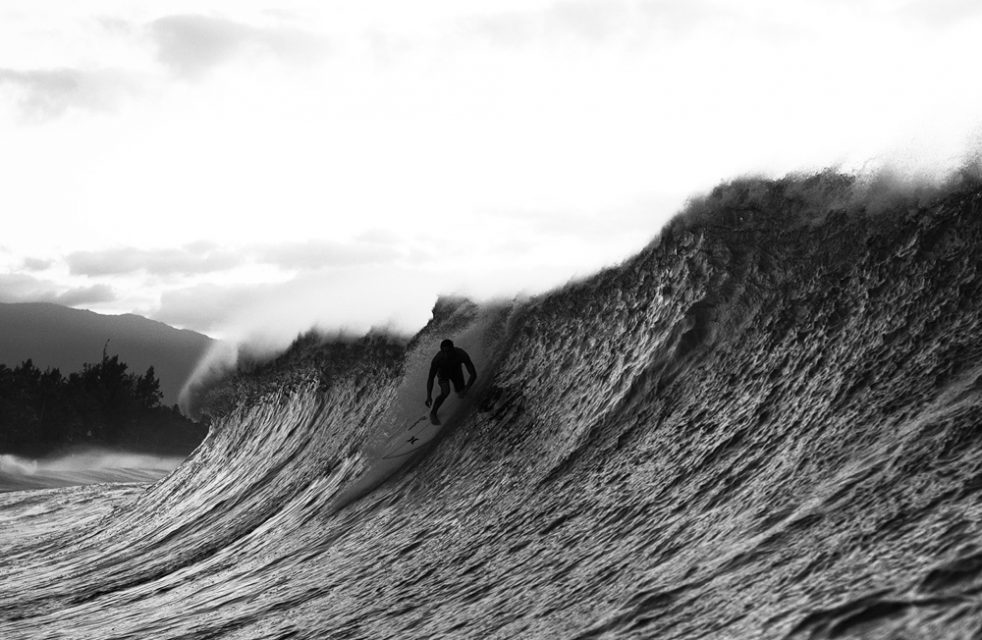
Did it live up to your expectations?
As the pinnacle of surf photography? Of course! I always admired Hawaii and the energy of those waves. There’s no other place in the world that breaks so close to the beach with such a consistency of good sizey ocean. Flying over there I didn’t know what to think, obviously it changed from when I was very young to four years down the track when I’d learned and heard a few things myself. Then it changed again when I finally did get there. It’s surreal, it’s a weird feeling when you’re sitting there on the beach at Pipe with four guys out and it’s two foot, then you come back the next morning and it’s 10 to 12. It’s amazing to see a wave that’s not at all user friendly like that. I don’t know if I’d race back there, but if I want a lot of energy and adrenaline then that’s the place to get it.
What will you take away from Hawaii for your next shoot?
God it’s such a different place to anywhere else, but I think patience. Patience is such a big thing out there. Being in the moment and paying a lot of attention to what’s happening around you made me really slow down. I’m always moving around quick when I’m shooting, but this made me sit in my place and take in what was going around, because there’s a lot of energy moving around you. It’s a funny thing to say but you need to be in tune with what’s happening, you’re in the moment one hundred per cent, learning how everything works and watching surfers, so much more than I ever used to. I used to let the ocean take me where I felt like I wanted to be. But this was more like you fight against it to get to the spot and make sure that you don’t get crunched. Patience was the main thing that I walked away with.
